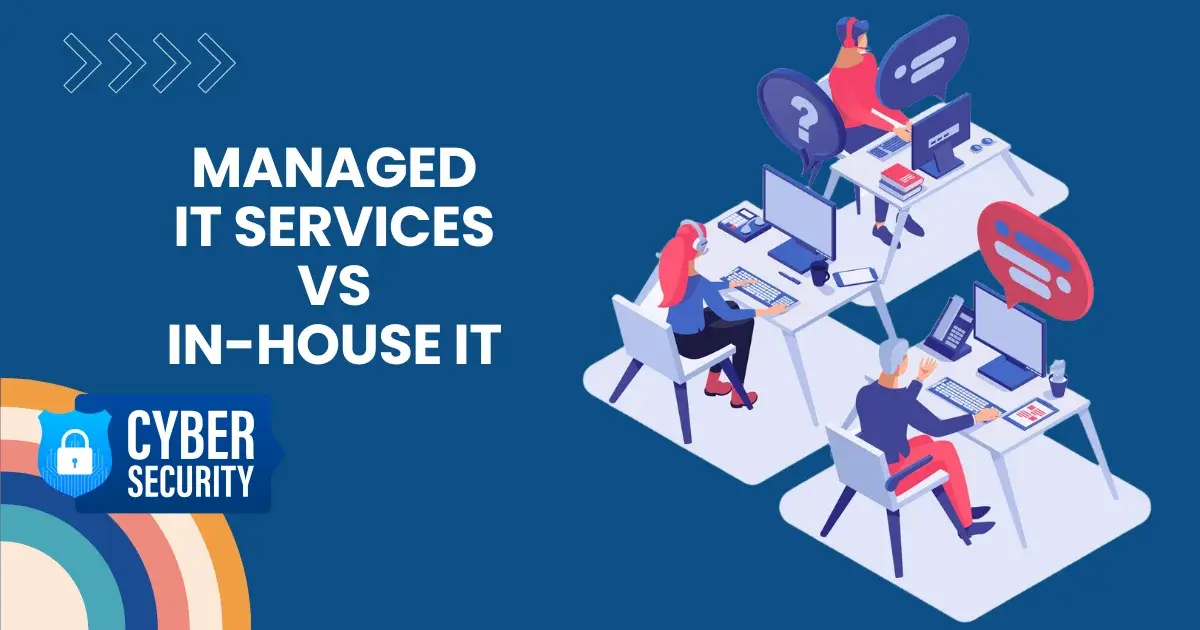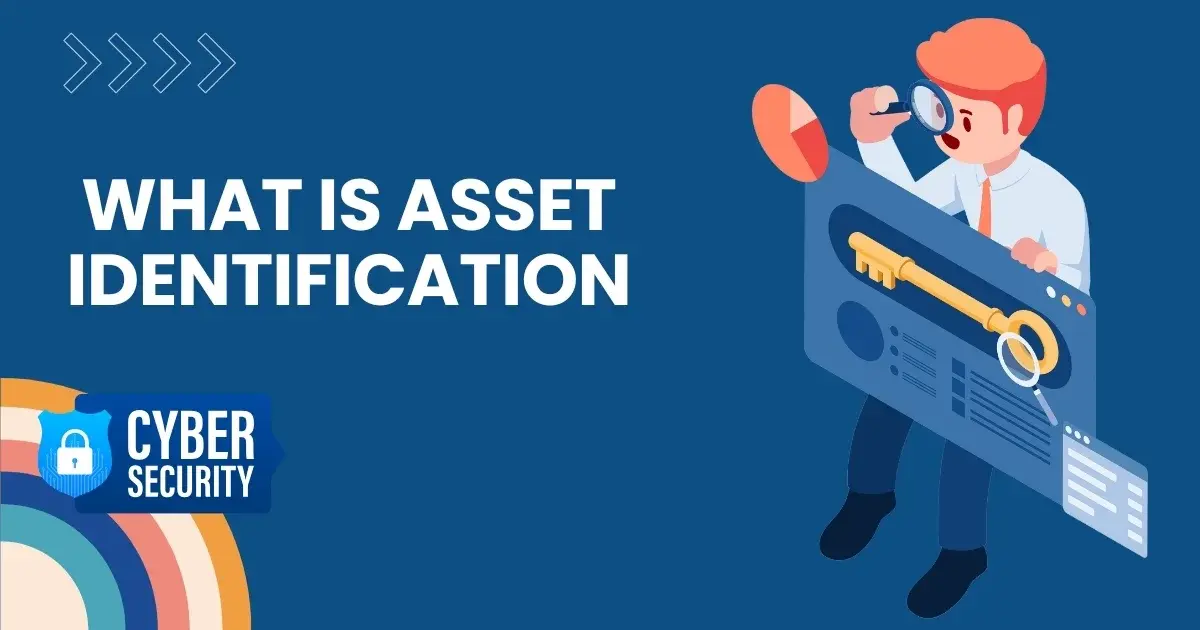Cloud Cost Management Strategies
- November 13, 2023
In this day and age where cloud computing is exploding and consuming more of your time, limiting these costs is an urgent problem for both business leaders as well as tech enthusiasts. According to a Gartner report in July 2022, 54 percent of businesses have witnessed a rise in IT spending in the past three years as a result of cloud computing that is accessible to the public, and just 29% reported a decline.
Table of Contents
The Shifting Landscape
Recent IT studies suggest that, for the very first time, managing cloud-related costs is now the top concern for companies. The reason for this shift can be attributed to the development of Security Operations (SecOps) and continuing confusion about Capital Expense (CAPEX) and Operational Expense (OPEX) accounting. Cloud Cost Management (CCM) is becoming a crucial feature for businesses regardless of size, vital to maximizing business value and scaling up operations.
Decoding Cloud Cost Management
CCM stands for cloud cost management, which implies managing cloud costs proactively through monitoring and centralization. It is a process of looking at all the costs like traffic, memory, and storage and regular optimization of these costs so as to reduce needless expenditure. This is another common name for the process of cloud cost optimization.
Why does it matter? In the case where one has faced high costs, which are a result of unchecked cloud bills, the need for action is apparent. For instance, without an organization-wide management system, businesses experience cases of recklessness with spending in various teams which ends up inflating costs on a single high bill.
The superhero is a robust Cloud Cost Management strategy, and as always, prevention is the key. Apart from defining best practices for tools and services, it is a continuous monitoring process that allows organizations to reconsider and optimize investments, maintaining costs at a reasonable level. For businesses looking to manage their cloud expenses effectively, leveraging managed IT services company in Chicago can provide the expertise and support needed to implement a successful cloud cost management strategy
Strategies to Control Your Cloud Expenses
1. Discount Programs
Embrace cloud cost management tactics with discount programs designed to slash cloud usage costs. Leading cloud service providers like AWS and Google Cloud offer committed use discounts, allowing organizations to save up to 72% by committing to a specific level of cloud usage over one or three years. Volume-based discounts sweeten the deal, offering higher savings as your incremental usage reaches a predefined threshold within a billing cycle.
2. Rightsizing
Rightsizing is about selecting cloud resources that align closely with your workload requirements. Overprovisioning and underprovisioning can lead to inefficiencies and interruptions, respectively. The goal is to match instance sizes and types to workload capacity and performance requirements in a cost-effective manner.
3. Autoscaling Cloud Resources
Autoscaling in cloud computing is the automatic adjustment of compute capacity based on workload requirements. This includes CPU, memory power, and network bandwidth. As workloads fluctuate, autoscaling ensures resources expand during peak times and contract during lulls, optimizing costs.
4. Budgeting and Forecasting
Craft a cloud budget as an estimate of your cloud computing expenses over a specific period. Regularly monitor actual usage against the budget and make adjustments as needed. This proactive approach allows tracking spending on particular cloud resources and making informed decisions to control costs effectively.
5. Cost Optimization Recommendations
Leverage cost management tools that automatically generate recommendations by analyzing your cloud infrastructure and usage patterns. Whether implemented manually or dynamically, these recommendations help optimize resources without human intervention, ensuring continuous efficiency.
6. Cost Anomaly Detection
Identifying surging costs in the days or weeks later incurs hefty costs. Use cost anomaly detection and alerts to get timely notifications when spending gets close to or beyond certain limits. The approach is proactive and helps to avoid unnecessary spending and unexpected surprises in your cloud bill.
7. Cloud Cost Allocation
Practice cost allocation by assigning cloud spend to specific business units within the organization. This enhances cost accountability, enabling the organization to minimize costs while maximizing returns. Utilize cost allocation tags attached to cloud resources for seamless tracking, making the process efficient and error-free.
8. Spot Instances and Savings Plans
Get acquainted with the capabilities of the cloud providers’ Spot Instances and Savings Plans. With spot instances, you can use spared capacity at a fraction of the cost, whereas saving plans offer you the chance to save money to as much as 90% less than On-Demand pricing.
9. Performance Monitoring and Optimization
Boost your cloud cost management with solid performance monitoring. Evaluate the key performance indicators in your cloud assets and indicate the optimization potentials. The proactive approach helps to ensure that you do not only reduce costs but also boost the productivity of your cloud infrastructure.
Conclusion: Navigating the Cloud Cost Landscape
The only way to ensure that one doesn’t lose control over cloud costs is by developing an all-encompassing cloud cost management plan. This plan must include guidelines on permission hierarchy, instance setup, reporting schedules, and all other necessary rules. The need for scalability cannot be overemphasized since organizations are rarely always to remain the same.
Organizations that rely on managed IT services Chicago providers need to master these strategies in order to navigate the murky waters of cloud spending and fiscal responsibility. Adopt the changing scenarios on discount programs, rightsizing, autoscaling, and newer techniques such as Spot Instances and Savings Plans. Continuously monitoring and optimizing cloud cost management becomes a strategic advantage for businesses as they take advantage of what the cloud offers without breaking the bank.





